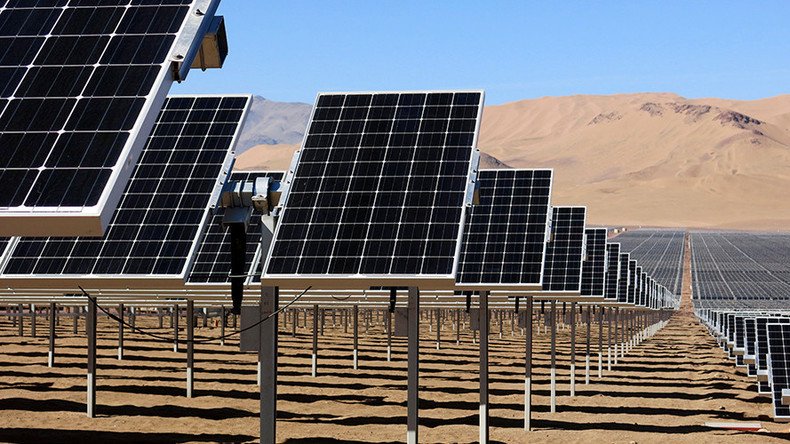Solar power 24/7 (at least if it rains) in breakthrough tech concept

Super-thin graphene and solar panels are both great ideas, but combining them produces near-magical results. A group of researchers from the Ocean University of China in Qingdao has discovered what the wonder material can do for clean energy when introduced to water.
For so long the world’s scientists were stumped as to how to extract the maximum potential from solar energy, which for obvious reasons is not available 24/7. The answer was found in the properties inherent in graphene, something scientists are still continuing to explore.
The researchers posited that the world can easily extract energy using solar panels even when it’s raining, or during night time. This capability is achieved via a chemical reaction that happens when water drops are introduced to graphene.
But not just any old water will do the trick. It's rain water that the researchers are after, because it consists of various other chemicals including salts, which can split up into positive and negative ions. The graphene sheets in place of ordinary panels separate the positively and negatively charged ions, thus generating electricity.
To prove that the concept works, the scientists used a cheap thin dye-sensitized solar cell, then added a thin layer of graphene on top. The resulting sandwich was then placed atop a layer of indium tin oxide and plastic. The positively-charged ions then interact with the graphene, producing a double layer that contains the electrons. Now this top double layer begins to interact with the negatively-charged ions in the layer below. The charge difference between them is enough to create an electrical current.
Using slightly salty water, the researchers achieved 6.53 percent efficiency during conversion from solar to electric power, and produced hundreds of microvolts.
At the moment this is all still ‘proof of concept,’ but that’s arguably the most important part, as the Ocean University team sets out to refine and iron out quirks in the idea. They hope the technology will become ubiquitous in future, as well as contribute to speeding up policy changes in the sphere of renewable energy.
The team is now analyzing rain water to uncover the variety of ions it contains and put them to use. This is not easy as they’re normally found in quite low concentrations, but progress is certainly being made.
Wonder-material graphene was discovered less than a decade ago, and has already found its way into all sorts of everyday technologies. It earned wide renown thanks to its uncanny, bendy qualities. It’s also not the first time scientists have thought of using graphene for improvements in solar power generation – in fact, it's not even the first time this year.
Earlier in 2016, British scientists arrived at a graphene-based material capable of storing ambient heat and light. This is a big leap, as we’ve only known solar panels to be effective in direct sunlight. This new concept, however, wants them to be practically anywhere and still capture and retain any indirect heat and light for future use.













